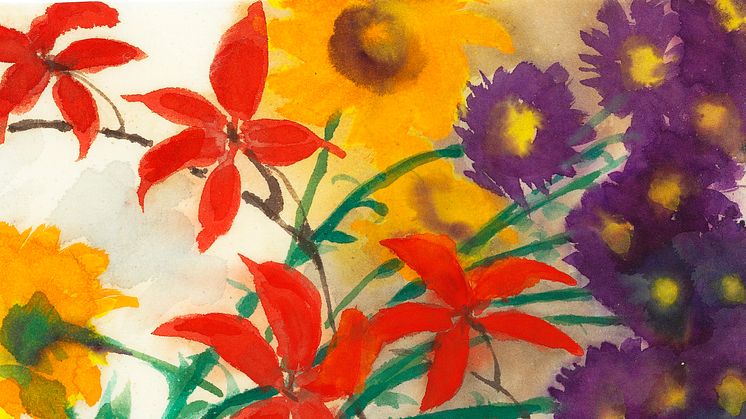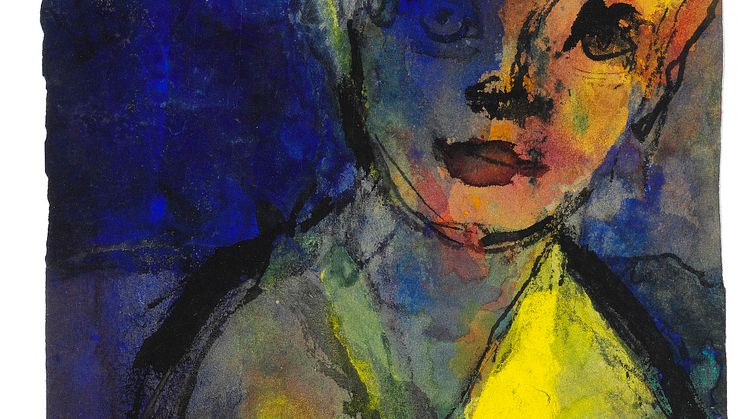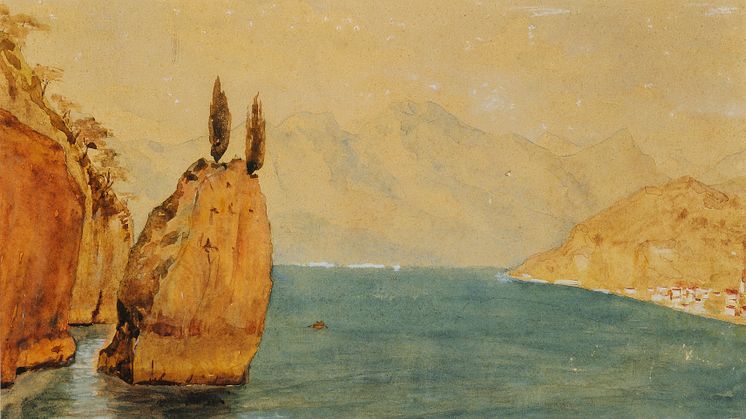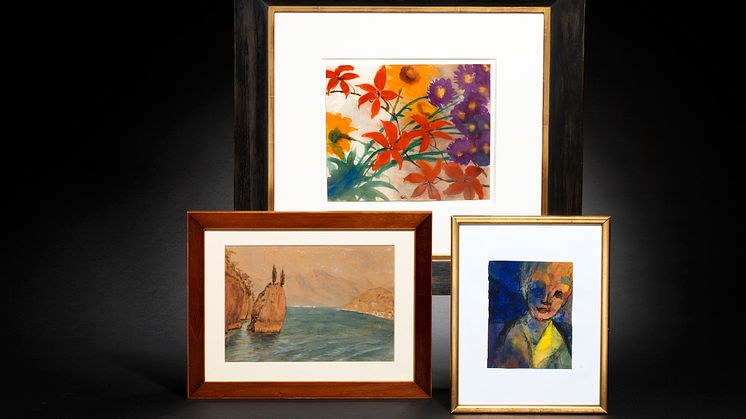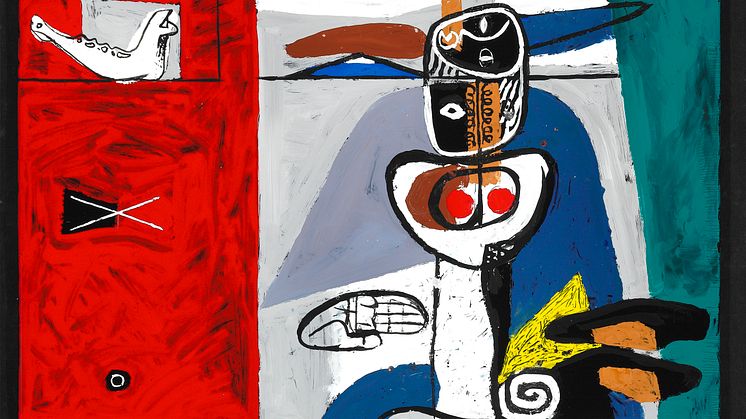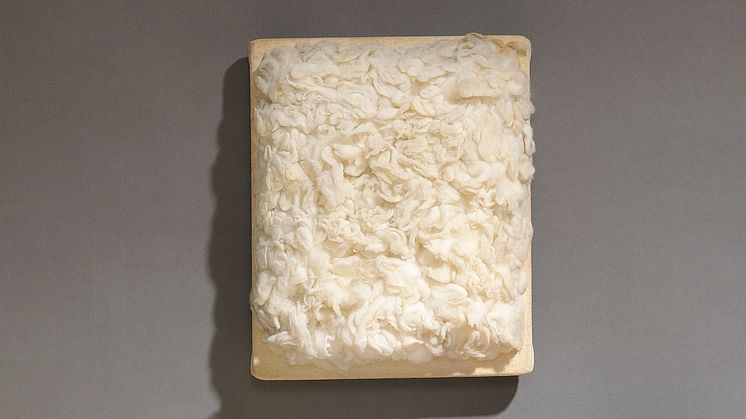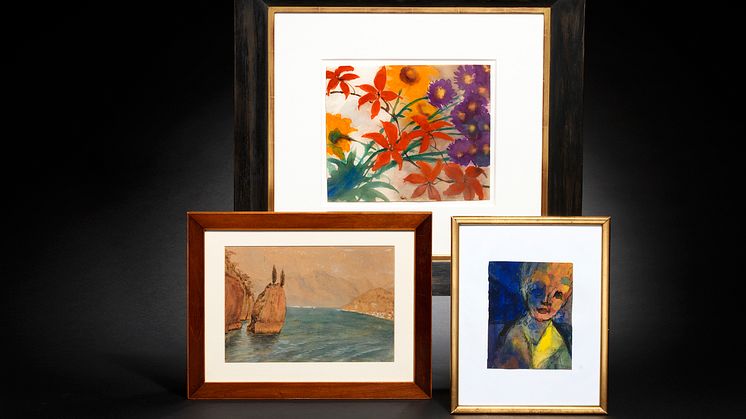
Press release -
Nolde’s Powerful Colours at Auction
The flowers are bursting like fireworks in Emil Nolde’s dazzling flower painting ”Blühende Sommer”, which is estimated at DKK 1.2 million (€ 162,000) at this year's grandest international auction at Bruun Rasmussen in Copenhagen. With this watercolour and two other works by Nolde, we are proud to present a varied selection of his forceful world of colours, established at a time of great social upheaval.
"In Emil Nolde’s art, the use of strong, expressive colours is a clear thread through the many different themes he dealt with. The powerful colours in his portraits, brooding landscapes, religious motifs and flower paintings are clear examples of German Expressionism, while the impressionists’ use of light also found its way into Nolde's early landscapes, which the work from the Como Lake is an example of," says Niels Raben, head of modern art at Bruun Rasmussen Auctioneers.
Nolde's development as a painter truly gained momentum in the decades where the great 'isms' not only entered the artistic scene, but also, in political form, trampled onto the European stage, such as Nazism in Germany, which condemned the works by Nolde as degenerate and part of the "Entartete Kunst”.
Between Denmark and Germany
His name was originally Hans Emil Hansen (1867-1956), but he later took the name of Nolde after the village where he was born in 1867, in what was then the Prussian Duchy of Schleswig. His early beginnings in the borderland between Denmark and Germany became a staple of Nolde’s entire life. He was taught by Danish artists, married the Danish actor Ada Vilstrup and for periods of time he lived in Copenhagen, on the island of Als and near the town of Tønder. In 1920, the border in Southern Jutland was redrawn once again after the disastrous World War I, and along with the northern border of Germany, the Nolde couple moved south of Tønder, where they built the house called “Seebüll” based on Emil Nolde’s own designs.
In his personal life, Nolde lived both in Denmark as Germany, but as an artist he followed the tendencies of German art at the time. After he decided to spend the winters in Berlin from 1902 and onwards, he became part of the creation of German Expressionism, where he for instance was a member of the artist group "Die Brücke". Nolde's use of colours initially came to fruition in what has become known as his flower paintings, where "Blühende Sommer" is a wonderful later example of how he fully mastered the watercolour method.
The strength of Nolde’s use of colour was evident in his distinctive flower and landscape paintings, but when it was applied to his portraits and religious motifs, it became even more groundbreaking. Here, the colour of the paint was detached from the subject in a more radical way, as seen in the auction's portrait where the deep blue background slides together with the person's face, clearly influencing the overall mood of the work.
Rejected by the Third Reich
Despite the subjective idiom and intense use of colour of German Expressionism, Nolde himself perceived his art as the epitome of a Nordic direction that did not necessarily go against the project of Nazism in Germany. Nevertheless, his art fell out of favour with the regime during the 1930s. Over a thousand of his works were seized and removed from the public in 1937. 47 of these works were shown in the “Entartete Kunst” (Degenerate Art) exhibition that year, which was the Nazi party's display of all the art it found unsuitable and directly detrimental to the society that it wanted to promote with the Third Reich.
Two of the works at Bruun Rasmussen's auction in December are from this volatile period in Nolde’s life, where the portrait with the strong colours is painted between 1938-45. It was given to the nurse Christa Kaps after she had cared for the artist during a period of illness. The flower painting "Blühende Sommer" with red, yellow and purple flowers is from approximately 1935, where Nolde continued his portrayal in his details of the garden at the home in Seebüll, while Nazism had taken root in Germany.
From Secret Works to Public Recognition
From 1941 and until the end of the war, Nolde was officially banned from painting. Nevertheless, he kept going in secret with watercolours – he was afraid that oil paintings could be detected due to the smell. The hidden artwork is known today as the "Unpainted Pictures", and the portrait that is up for auction is presumably a part of this group of paintings. After the war, Nolde received public recognition and saw an increasing interest in his art. There was again room for Nolde’s expressive and emotional colour palette, which he described the meaning of in 1942:
”Every colour holds within it a soul, which makes me happy or repels me, and which acts as a stimulus. To a person who has no art in him, colours are colours, tones are tones...and that is all. All their consequences for the human spirit, which range between heaven to hell, just go unnoticed.”
International auction
Auction: Monday, 5 December at 2 pm at Bredgade 33 in Copenhagen
Preview: 23-27 November at the same address
View the three works by Emil Nolde
View all the lots with modern art from the sale on 5th December
.
Topics
Categories
Bruun Rasmussen Auctioneers is one of Scandinavia’s leading international auction houses, and one of Denmark’s oldest. It all started on 6 October 1948, when Arne Bruun Rasmussen conducted the first traditional auction in the saleroom at Bredgade 33 in Copenhagen. Today, Jesper Bruun Rasmussen stands at the helm of the family-run business together with the third generation of the family, his son Frederik and daughter Alexa, and the company’s CEO Jakob Dupont.
In 2004, the first online auction was launched, and today the auction house has expanded to include departments in Copenhagen and Aarhus and representations in Sweden, Germany, France, Belgium, Luxemburg, Spain, Italy, Thailand and the US. About 100,000 lots are put up for auction each year at the traditional auctions and daily online auctions. Here you can bid on everything from art, antiques, modern design and jewellery to books, coins, stamps, wine and weaponry.


